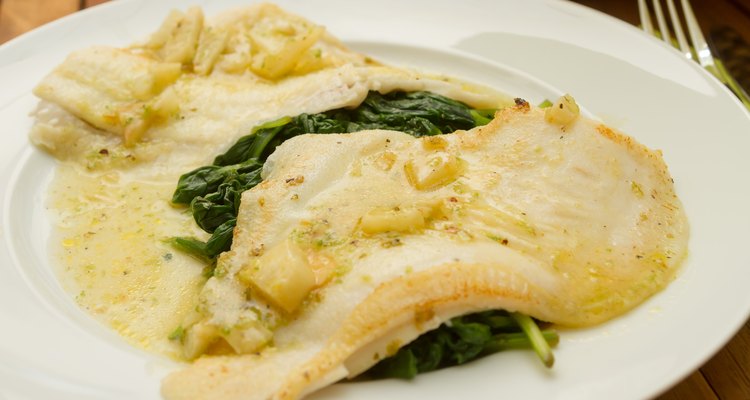
donstock/iStock/Getty Images
A 3-ounce serving of a cooked flounder fillet is high in protein, low in fat and rich in essential nutrients like vitamin B-12, vitamin D and selenium. It is also a good source of the omega-3 fatty acids that may be linked to a decreased risk of heart disease and high blood cholesterol. According to "New York Times" food writer and "How to Cook Everything" author Mark Bittman, flounder has thin fillets that are too delicate to be grilled or poached without the fish falling apart. The best -- and healthiest -- cooking methods for flounder fillets include broiling and baking.
Broiling Flounder
Coat a broiler pan with cooking spray or brush it lightly with oil. Place the flounder fillet on the pan skin-side down if the skin is intact.
Brush the fillet with a small amount of olive oil. Sprinkle the flounder with your choice of seasonings, such as salt, pepper, minced garlic, dill, thyme, rosemary, parsley, basil or lemon juice.
Position your oven rack so that the broiler pan containing the flounder fillet will be as close to the heating element as possible. Preheat the broiler.
Broil the flounder, planning on approximately 3 minutes of cooking time for a fillet that is 1/4 inch thick. Remove the broiler pan from the oven and use a fork to check that the edges of the fillet flakes while the center is still slightly translucent.
Baking Flounder
Coat a rimmed baking sheet or glass dish with cooking spray or a thin film of oil. Put the flounder fillet into the center of the dish.
Coat the fillet with olive oil using a pastry brush and a light touch. Add whatever seasonings you prefer to the top of the flounder.
Place the flounder in an oven preheated to 450 degrees Fahrenheit. Plan on baking a 1/4-inch-thick fillet for approximately four to five minutes, or until the fillet edges flake while the center is still mildly resistant. Serve right away.
Related Articles

How to Bake Breaded Mahi Mahi
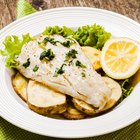
How to Cook a Turbot in the Oven

How to Cook Trevally
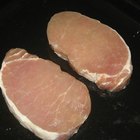
How to Cook a Pork Loin Fillet

How to Pan Fry Tasty Perch Fillets

How to Bake Lingcod

How to Cook Salmon Fillets on the Stove ...
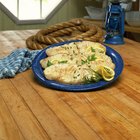
How to Prepare Fabulous Baked Halibut
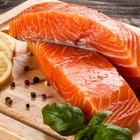
How to Cook Seasoned Keta Salmon
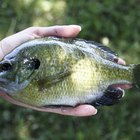
How to Cook Bluegill on the Grill
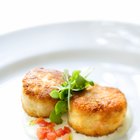
How to Cook Homemade Crabcakes in the ...

How to Cook a Frozen Pork Fillet in the ...

Cooking Frozen Swai Fillets
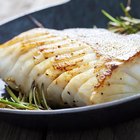
How Do I Pan Fry Fresh Fish With a ...
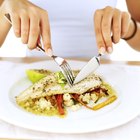
How to Bake Boneless Skinless Tilapia
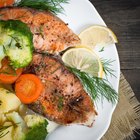
How to Cook a Salmon Steak in the Oven

How to Cook Atlantic Cod Fillets
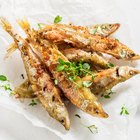
How to Cook Smelts in the Oven
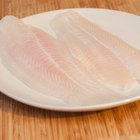
How to Cook Six-Ounce Swai Fillets
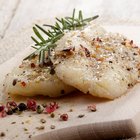
How to Cook Whiting in the Oven
References
- American Heart Association: Fish 101
- How to Cook Everything: Simple Recipes for Great Food; Mark Bittman
- Food & Wine: Baked Flounder with Parmesan Crumbs
Writer Bio
Michelle Kerns writes for a variety of print and online publications and specializes in literature and science topics. She has served as a book columnist since 2008 and is a member of the National Book Critics Circle. Kerns studied English literature and neurology at UC Davis.
Photo Credits
donstock/iStock/Getty Images